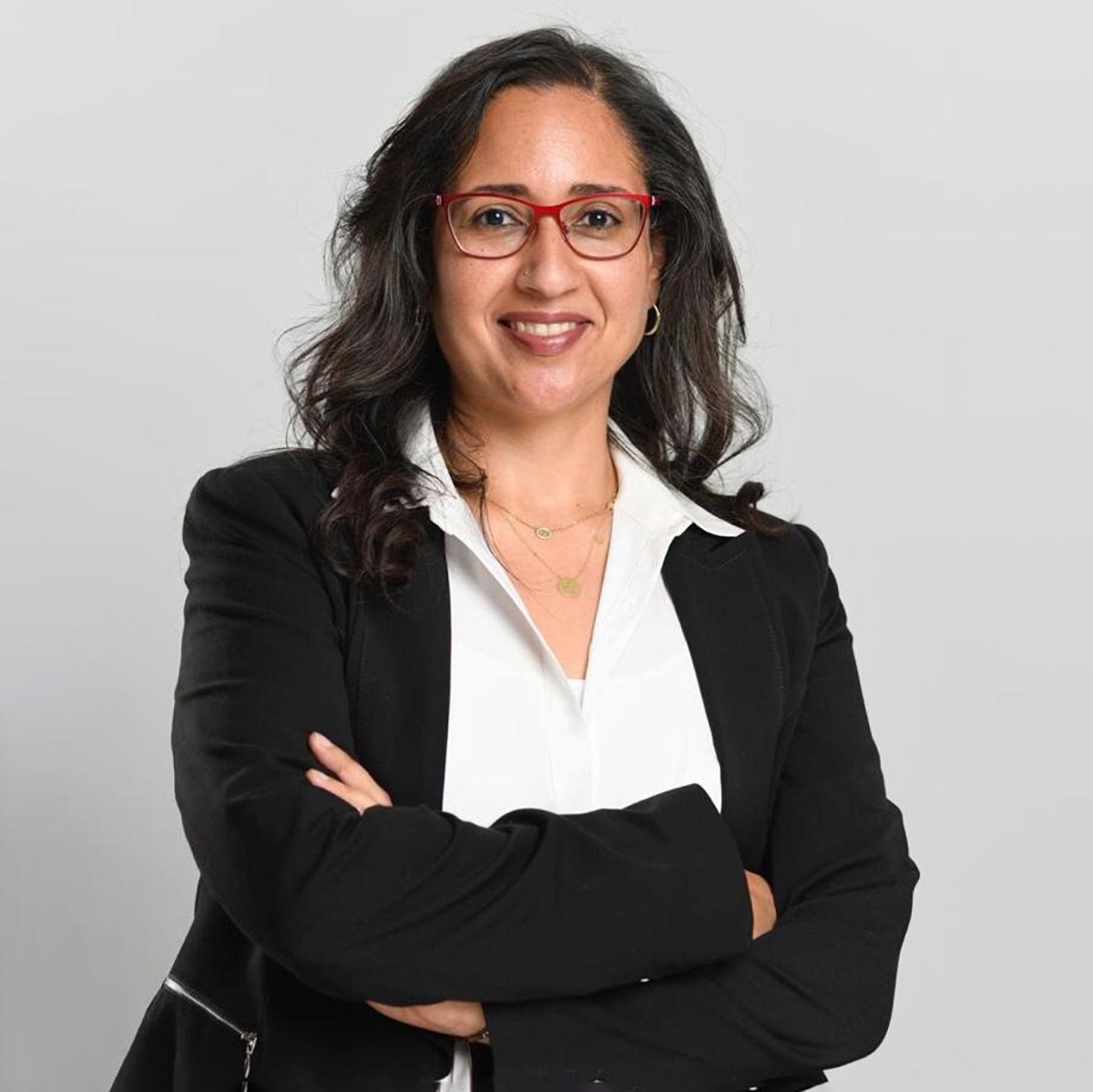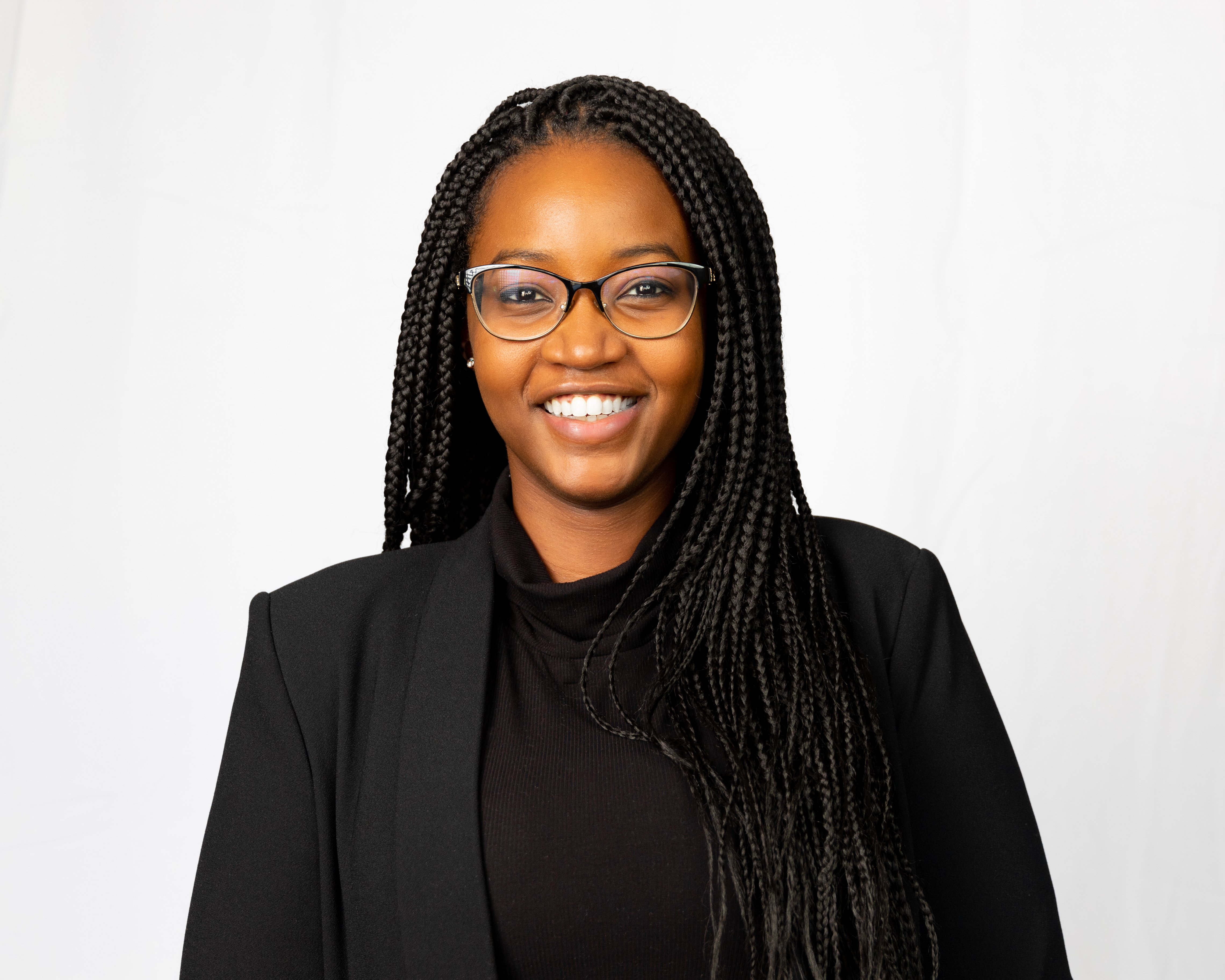Taking a holistic approach
Dina H. Sherif and Khadija Ba on digging deeper to transform philanthropy
Wednesday, 31 January 2024

Dina H. Sherif and Khadija Ba on digging deeper to transform philanthropy
Wednesday, 31 January 2024

 Dina H. Sherif is executive director at the Legatum Center for Development and Entrepreneurship at MIT. Previously, she held the endowed Willard Brown Chair for International Business at the American University in Cairo (AUC), was the founding director of the Center for Entrepreneurship, and helped establish AUC’s John D. Gerhart Center for Philanthropy and Civic Engagement.
Dina H. Sherif is executive director at the Legatum Center for Development and Entrepreneurship at MIT. Previously, she held the endowed Willard Brown Chair for International Business at the American University in Cairo (AUC), was the founding director of the Center for Entrepreneurship, and helped establish AUC’s John D. Gerhart Center for Philanthropy and Civic Engagement.
 Khadija Ba is an independent consultant working with various players in the entrepreneurial ecosystem, including emerging startups, venture capitalists and entities like the MIT Legatum Center. She has spent her career between the US and Senegal, with roles in Project Management and Data Analytics at HSC Health Care System, IT Advisory at KPMG, and as the co-founder of an EdTech venture. She holds an MBA from the MIT Sloan School of Management.
Khadija Ba is an independent consultant working with various players in the entrepreneurial ecosystem, including emerging startups, venture capitalists and entities like the MIT Legatum Center. She has spent her career between the US and Senegal, with roles in Project Management and Data Analytics at HSC Health Care System, IT Advisory at KPMG, and as the co-founder of an EdTech venture. She holds an MBA from the MIT Sloan School of Management.
In today’s dynamic and fast-paced world, the notion of strategic philanthropy, and in particular its ability to affect systemic change, is gaining momentum. The complexity and interconnectedness of global challenges demands deeper examination of their root causes, not just symptomatic relief - We can simply we no longer afford to put bandages on gaping societal wounds. The sense of urgency for systems transformation has never been as high.
For philanthropy to be truly transformative, it needs to dig deeper and understand the intricate web of underlying factors that perpetuate the challenges being faced. This demands that philanthropists take the time required to properly diagnose a particular challenge, including understanding the stakeholders that will need to be a part of the solution.
Take, for instance, poverty. Donating food and clothes may provide immediate relief, but it does little to address the systemic problems of unequal resource distribution, lack of access to education, or discriminatory policies that are rooted in race or gender.
To truly lift communities out of poverty, philanthropists need to invest in initiatives that dismantle these systemic barriers and become co-creators of solutions rather than mere benefactors.
Historically, the philanthropic approach to societal problems has been rather linear: identify a commendable NGO, fund it, and hope for the best. But the challenges we face today are too multifaceted for such a simplistic approach. Philanthropic foundations need to develop a holistic understanding of the issues at hand and break them down to discern where true value can be added.

The Sawiris Foundation for Social Development (SFSD) helps Egyptian women help themselves. Photo: SFSD.
1. Collaborate with a diverse array of stakeholders across national governments, the private sector, and the community. This is a necessity and not an option. To successfully address complex challenges, we need an approach that combines broad, global perspectives with intimate and nuanced local knowledge. While high-level policy changes can be a marker of success, it’s typically through the response of grassroots initiatives that the most sustainable change is delivered.
This approach is not without its challenges. Different stakeholders are driven by unique motivations and it is not always easy to harmonise a response in a way that ensures all stakeholders are anchored by the same purpose. Yet, the path to meaningful systemic change is carved not solely by achieving unanimous agreement, but instead by fostering an environment where diverse voices are heard, respected, and incorporated into decision making.
In the MENA region, the Sawiris Foundation for Social Development stands as one of the first local foundations in Egypt. Established in 2001 with a focus on creating lasting and systemic socio-economic change, it tackles critical issues faced by the most marginalised such as poverty, unemployment, and lack of access to education. The foundation’s approach often involves collaborating with the government and the private sector, ensuring a multi-faceted response to Egypt's pressing challenges and implementing innovative programs that are rooted in a deep understanding of local needs. Read more
The Abdul Hameed Shoman Foundation also adopts a holistic approach to foster cultural and scientific development in Jordan and the Occupied Palestinian Territories (OPT). Established by the Arab Bank, the foundation has adopted a strategy that creates a center of knowledge and creativity in Jordan and the Arab World through investing in cultural and social innovation to positively impact the communities being served. The Foundation knows that for prosperity to be ensured, investments must be made in ensuring that youth appreciate the importance of science, technology, and culture all at once. Read more
Another notable example is the Taawon Welfare Association, a leading non-governmental Palestinian organisation which identifies and supports projects that address immediate societal needs and empower future generations for long-term and sustainable impact. Due to the complex nature of the socio-economic challenges in Palestine, the foundation uses a partnership-driven approach with beneficiaries, other development and public sector entities to ensure sustainable change. The foundation is also characterised by its deep engagement with local communities, contributing to the broader goal of sustaining Palestinian identity and heritage amidst challenging circumstances. Read More

The END Fund is helping give children across Africa a disease-free future. Photo: Shutterstock.
2. Use data to guide and inform your giving. Data offers clarity on where needs are greatest, how interventions are performing, and what adjustments might be necessary. For philanthropists, gathering data should not merely be an academic pursuit, it should serve as a guiding compass towards more meaningful and informed interventions.
The Luminos Fund, for example, uses real-time data to track the life-cycle of its initiatives, from conceptualisation to mature implementation. This enables immediate, ground-level modifications in how educational programmes are delivered, equipping educators and supervisors with timely feedback, empowering them to implement changes as and when needed, without the constraints of waiting for a new academic cycle. Read more
3. Create diverse funding models. Each donor brings a unique direction and vision to the table. The challenges and opportunities lie in aligning these diverse interests towards a singular mission grounded in one unified purpose. By embracing a flexible funding model that acknowledges and blends the passions of various philanthropists, we can channel this rich diversity into a potent agent of transformative change.
The END Fund is a philanthropic initiative targeting the eradication of neglected tropical diseases (NTDs) with a diverse pool of donors. A portion are drawn to the focus on fighting NTDs, others are more interested in combatting the poverty they cause, while some are even more laser-focused, wanting to fund programming aimed at a particular disease or even a specific country. In response, the END Fund has developed various funding modalities to ensure each donor feels a connection to the cause they champion. Read more
"To truly lift communities out of poverty, philanthropists need to invest in initiatives that dismantle systemic barriers and become co-creators of solutions rather than mere benefactors."
Our collective future and ability to transform many of the broken systems that surround us hinge not only on the philanthropic dollars allocated, but on the nuance of our approach, the inclusivity of collaboration, our ability to co-create, in addition to how we use data to drive decision-making.
While individual motivations vary, the collective goal remains consistent: to craft a better, more prosperous, and equitable world for all.
The modern philanthropist's role is more intricate than ever, demanding both breadth and depth of understanding, a willingness to adapt, and an unyielding commitment to genuine impact.
As the philanthropic realm continues to evolve, let it stand as a symbol of hope, demonstrating that when diverse minds unite with shared purpose and strategic insight, monumental change isn't just possible — it is inevitable.
In 2023, Dina Sherif moderated a Circle discussion between Luminos Fund CEO, Caitlin Baron, End Fund CEO Ellen Agler, and Freedom Fund CEO Nick Grono. Read more
It's a good idea to use a strong password that you're not using elsewhere.
Remember password? Login here
Our content is free but you need to subscribe to unlock full access to our site.
Already subscribed? Login here
Sign in to access all of our content and resources.
Not subscribed? Register here. Forgotten your password? Reset here
Simply provide your email, and we'll send you a link to reset your password.
Remember password? Login here